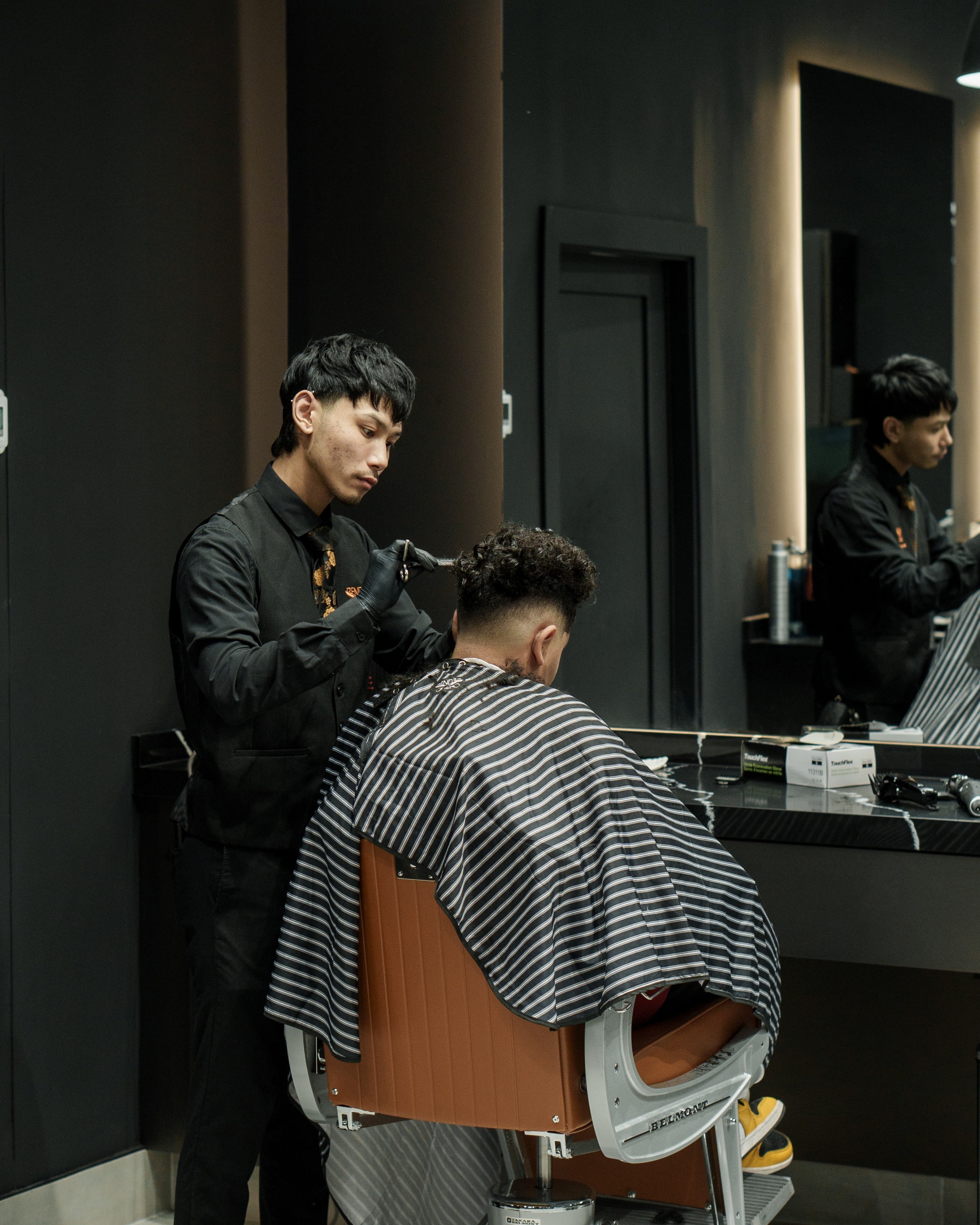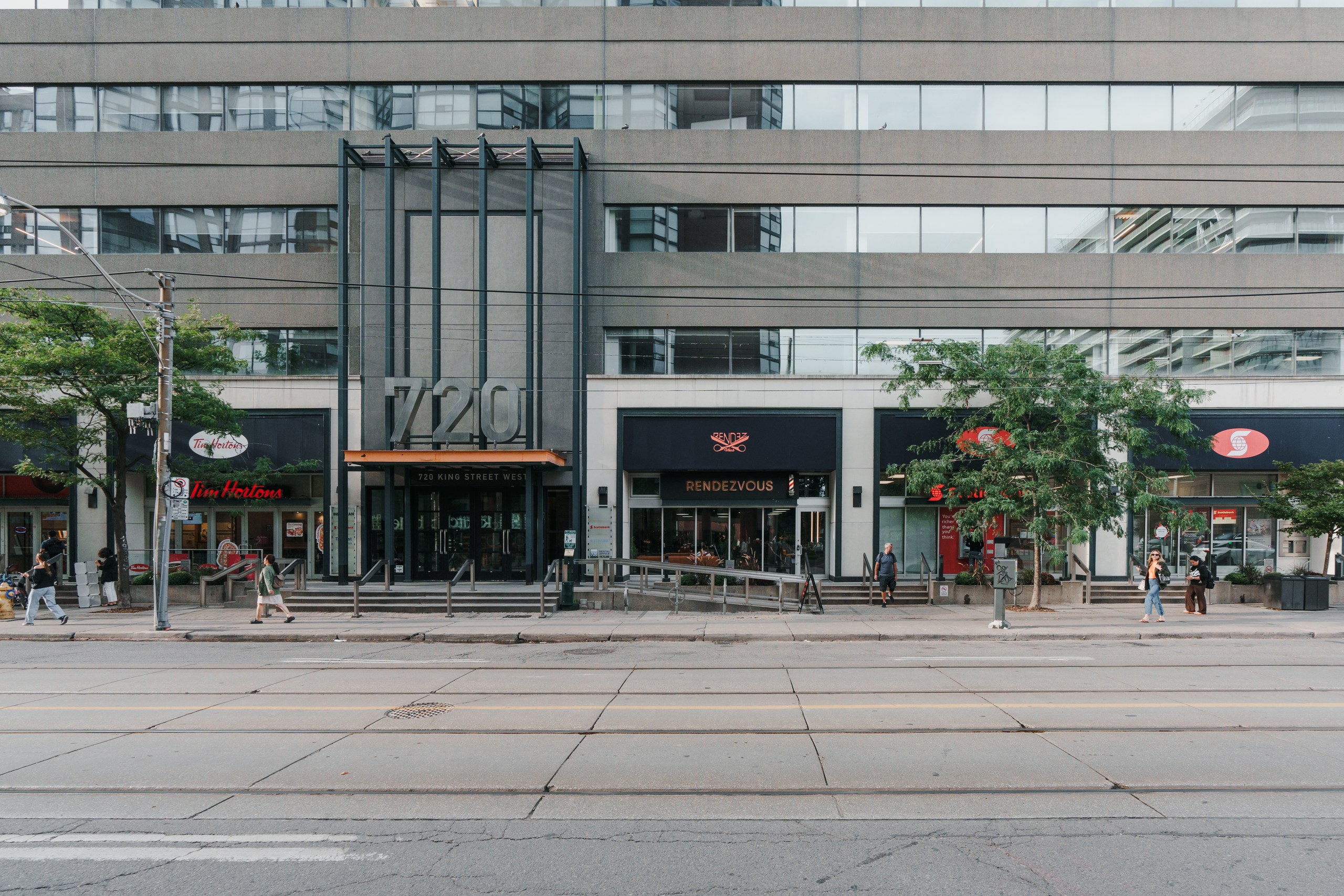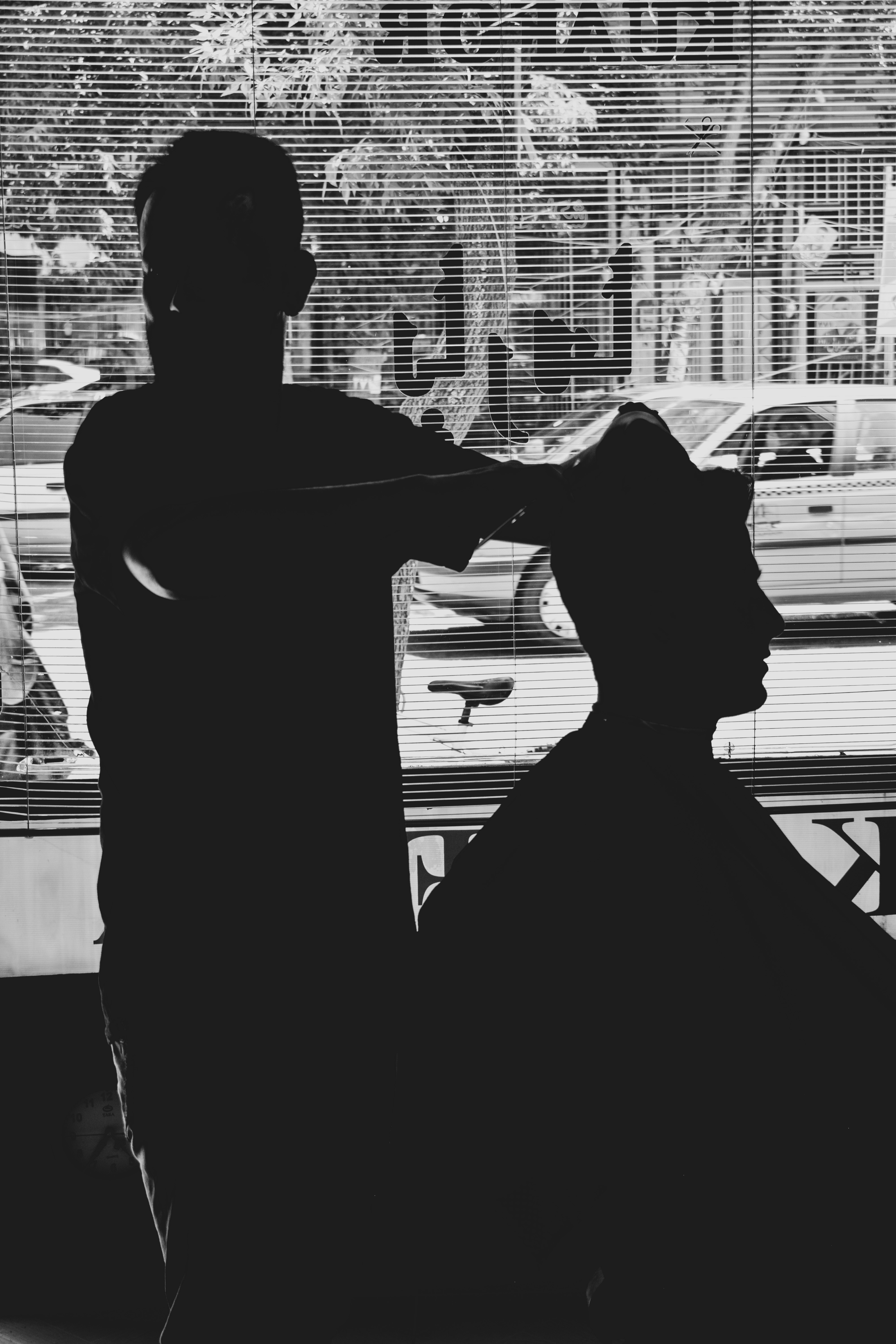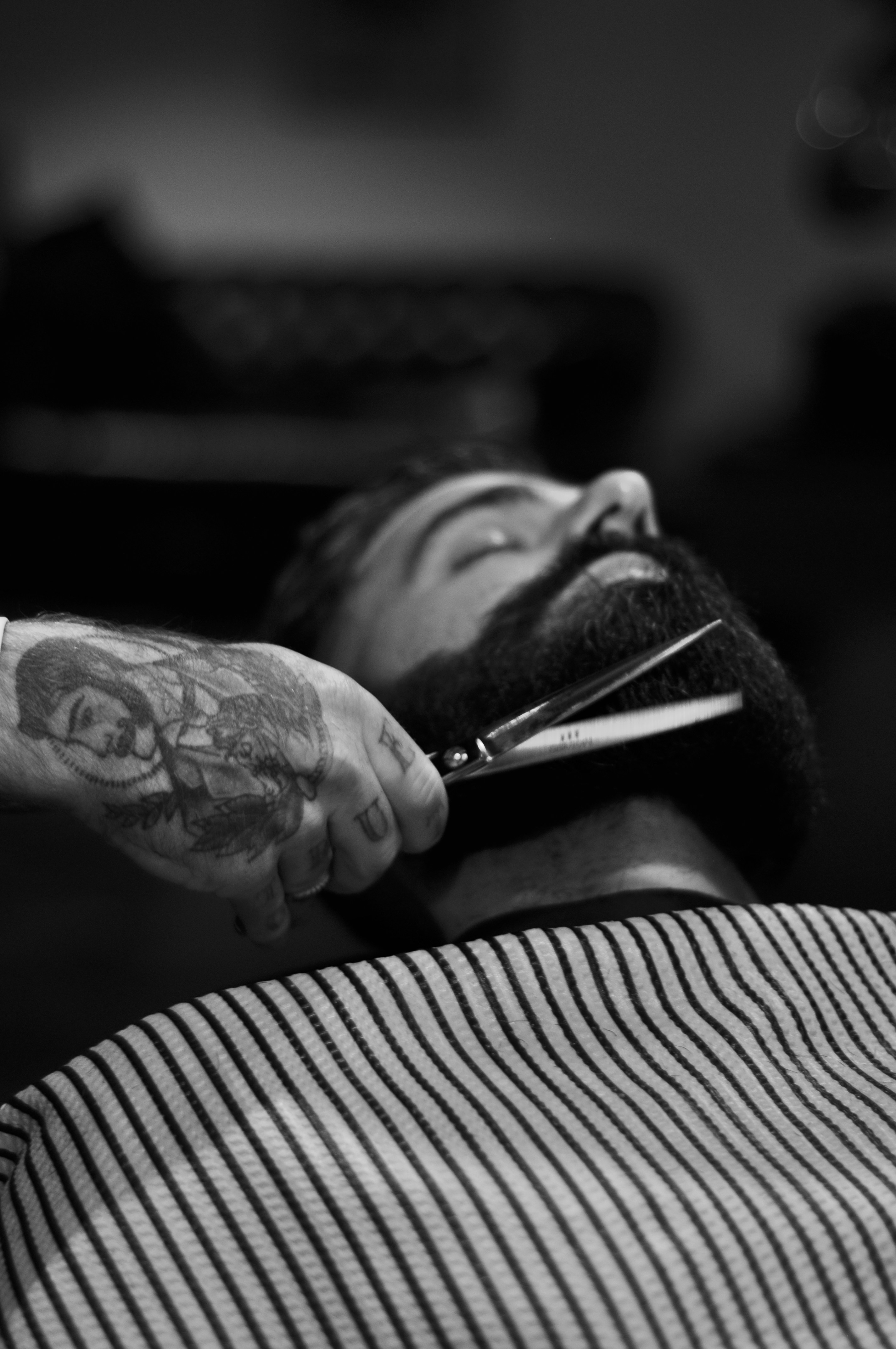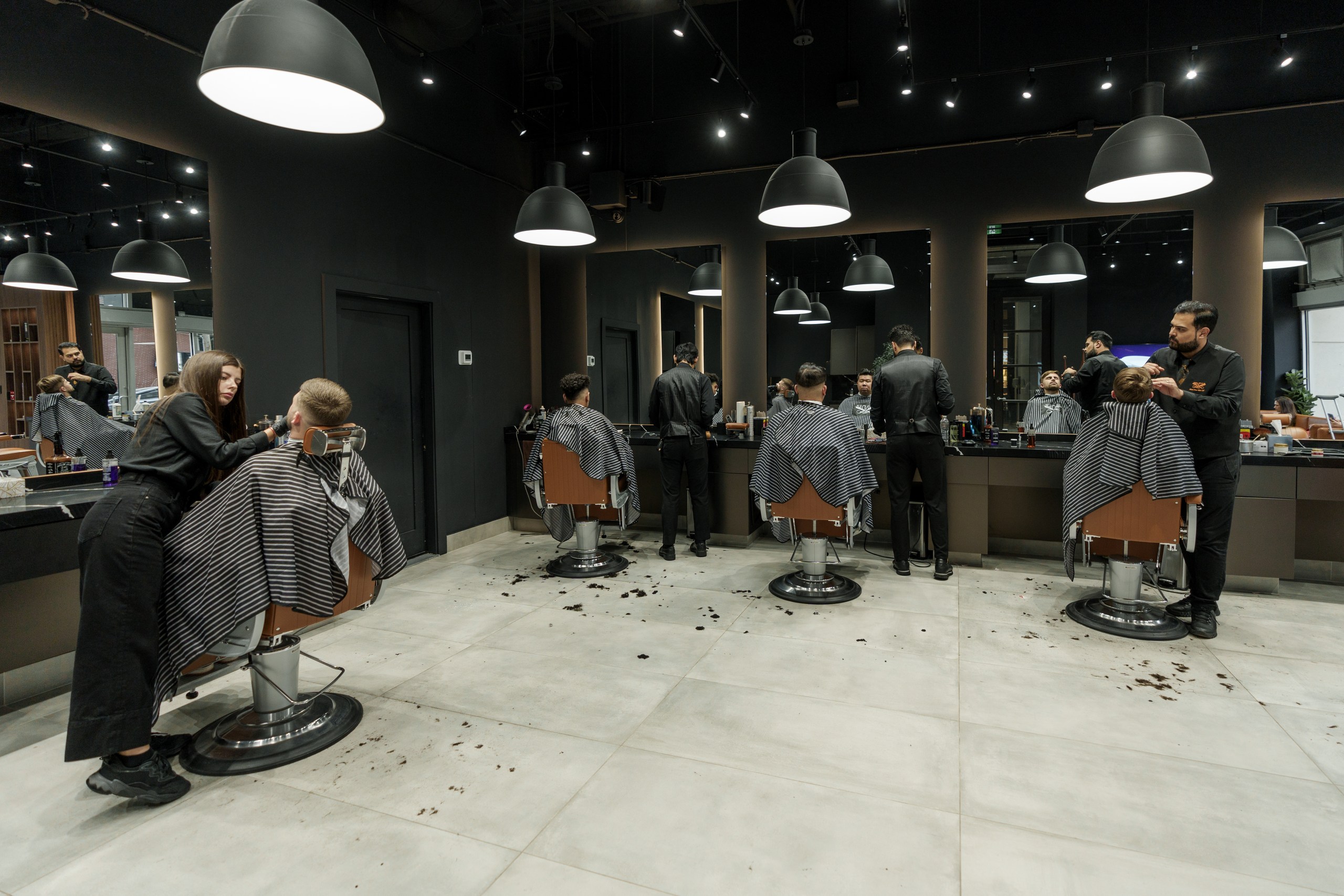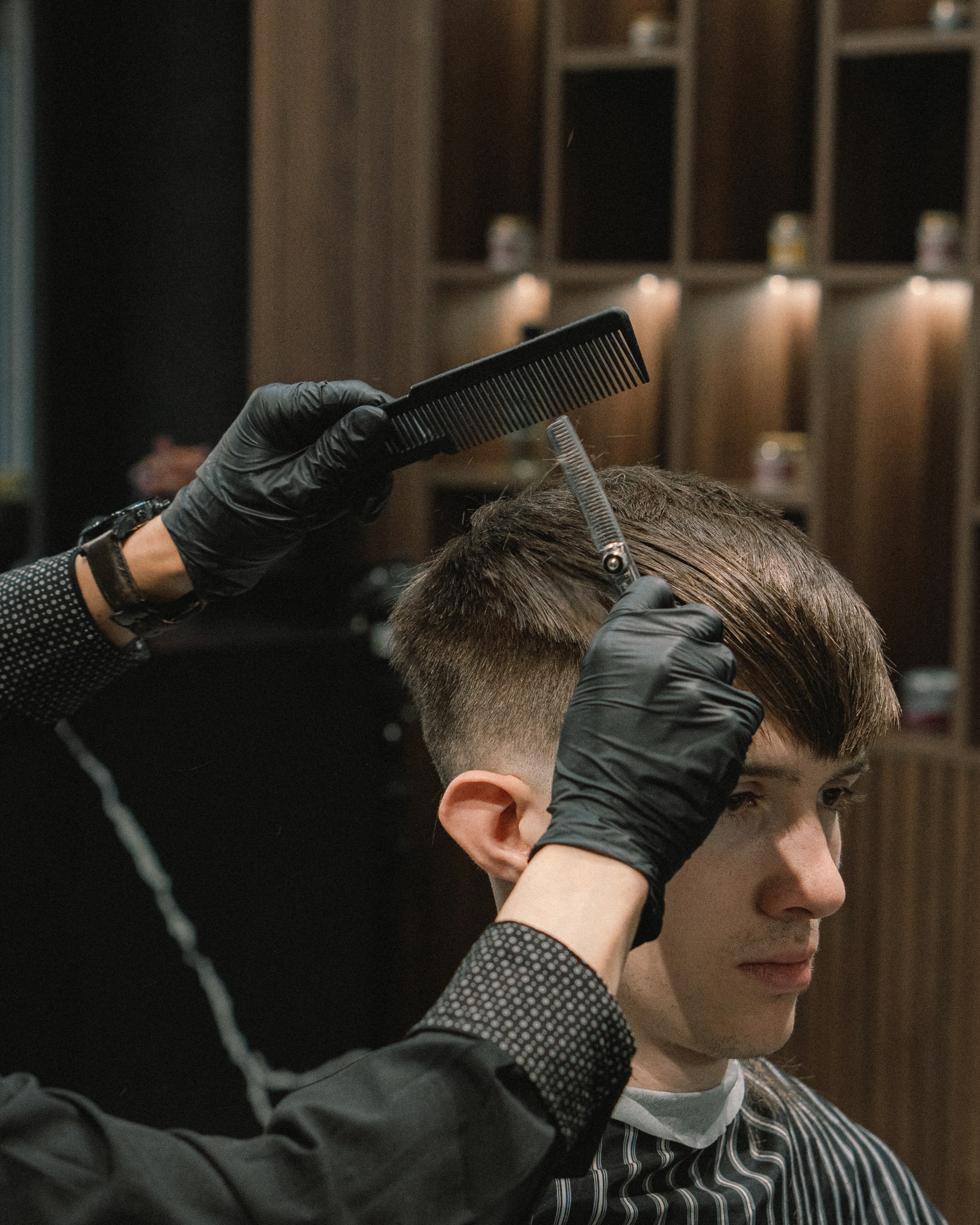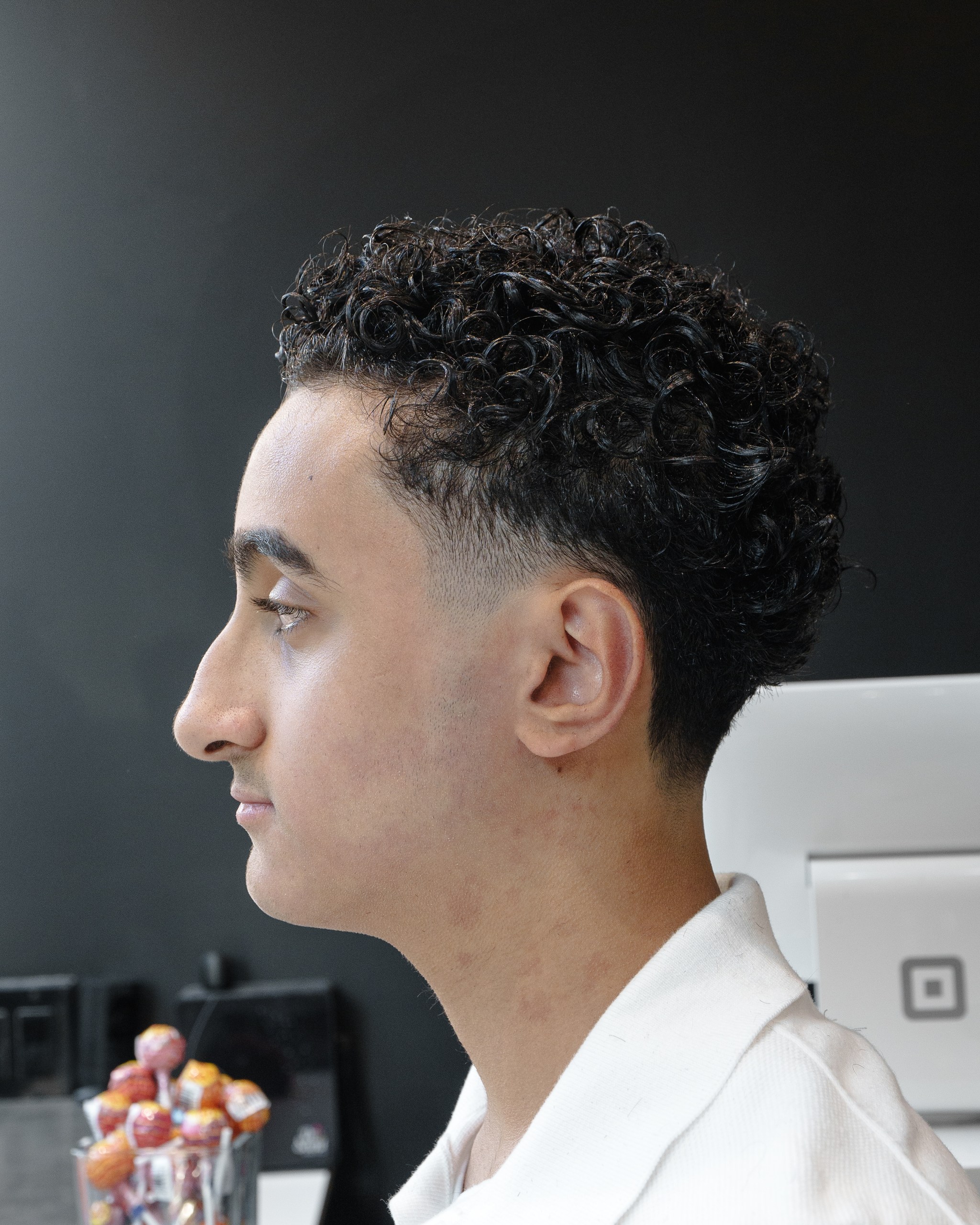You walk out of Rendezvous Barbershops looking like a million bucks. Your fade is perfect, your lines are sharp, and you feel unstoppable. Fast forward ten days, and you're avoiding certain angles in mirrors because your fade has turned into an awkward grown-out mess that makes you look sloppy.
Sound familiar? Most guys think there's nothing they can do about this cycle except book appointments every week, which gets expensive fast. But the truth is, with the right techniques and a little effort, you can extend that fresh-fade look significantly longer.
The key isn't trying to recreate what your barber did – it's understanding which parts of your fade you can safely maintain yourself and which parts you should leave alone until your next appointment.
Understanding Fade Growth Patterns
Before you can maintain your fade effectively, you need to understand how hair grows out of a fresh cut. Hair doesn't grow evenly across your head, and this uneven growth is what makes fades look messy as they grow out.
The areas around your ears and neckline grow fastest, which is why these spots start looking shaggy first. The hair at your temples and sideburns also grows quickly and in directions that can make your fade lines look uneven within days.
The crown and top sections grow more slowly but also more noticeably because there's more length to begin with. When the contrast between your faded sides and longer top starts to disappear, your entire cut looks grown out even if the top hasn't changed much.
Understanding these growth patterns helps you prioritize which areas need attention first and which maintenance tasks will give you the biggest impact for your effort.
The Tools You Actually Need
You don't need a full barbershop setup to maintain your fade, but you do need the right basic tools. Trying to maintain a fade with inadequate equipment is like trying to shave with a butter knife – technically possible but guaranteed to produce poor results.
A decent pair of clippers is essential, but you don't need professional-grade equipment. Look for clippers with adjustable guards and a motor strong enough to cut through your hair type without pulling or tugging.
Sharp scissors are crucial for cleaning up longer areas and trimming around the ears. Dull scissors will create uneven cuts and can actually damage your hair by crushing rather than cutting cleanly.
A handheld mirror lets you see the back and sides of your head clearly. Trying to maintain a fade without being able to see what you're doing is a recipe for disaster.
Good lighting is often overlooked but absolutely essential. Bathroom lighting can hide uneven cuts and make you think you've done better work than you actually have.
What You Can Safely Do Yourself
The key to successful fade maintenance is knowing your limits. There are certain tasks most guys can handle safely, and others that should be left to professionals.
Neckline cleanup is usually the safest and most impactful maintenance task. The hair at your neckline grows fastest and becomes most obviously overgrown first. Learning to clean this up properly can add a week or more to your fresh-cut appearance.
Ear area trimming can also be done safely if you're careful and conservative. The goal isn't to recreate your barber's precise work, but to remove the most obvious overgrowth that makes you look unkempt.
Sideburn maintenance is relatively straightforward since you can see what you're doing easily and the area is small enough to manage without complex blending.
Basic outline cleanup around your hairline can help maintain the sharp appearance of your cut without requiring advanced skills.
What You Should Never Attempt
Certain aspects of fade maintenance require professional skill and should never be attempted at home, no matter how confident you feel.
Blending and gradient work is extremely difficult and requires years of experience to do well. Attempting to recreate the smooth transitions in your fade will almost certainly result in choppy, uneven lines that require professional correction.
Significant length reduction in the faded areas can quickly turn into a disaster. Taking too much length off can create bald spots or uneven patches that take weeks to grow out.
Complex line work like detailed temple designs or intricate patterns should always be left to professionals. These require precision and artistic skill that most people don't possess.
Fixing mistakes is ironically one of the hardest things to do. If you mess up your maintenance work, resist the urge to "fix" it yourself. Stop and see a professional before making the problem worse.

Step-by-Step Neckline Maintenance
The neckline is where most guys see the fastest and most obvious growth, making it the best place to start with fade maintenance. Here's how to clean it up safely:
Start by identifying your natural neckline. This isn't necessarily where your barber cut it, but where your hairline naturally sits when you're not actively styling it. Work with this natural line rather than trying to create an artificial one.
Use a longer guard than you think you need. It's always easier to take more off than to put hair back on. Start with a #2 or #3 guard and only go shorter if absolutely necessary.
Work in small sections, moving the clippers upward against the direction of hair growth. Keep your movements steady and consistent to avoid creating choppy lines.
Check your progress frequently with a handheld mirror. What feels like you're barely removing anything might actually be quite dramatic when viewed from behind.
Stop before you think you're completely finished. Most guys tend to overdo neckline maintenance, creating unnatural lines that look obviously self-cut.
Sideburn and Temple Care
Sideburns and temple areas grow quickly and can make your entire fade look unkempt if not maintained properly. These areas are also relatively safe for self-maintenance since you can see what you're doing clearly.
For sideburn maintenance, focus on keeping the length even and the bottom edge clean. Don't try to reshape or redesign your sideburns – just maintain what your barber already created.
Temple maintenance should be extremely conservative. These areas are highly visible and mistakes are obvious. Focus on removing only the most obvious overgrowth.
Use small, controlled movements rather than trying to accomplish everything in one pass. Multiple light passes are safer and more controlled than aggressive cutting.
Pay attention to symmetry. Check both sides frequently to ensure you're maintaining even length and shape on both sides of your head.
Extending Fade Life with Styling
Sometimes the issue isn't actually hair growth but how you're styling your hair as it grows out. Adjusting your styling approach can help maintain the appearance of a fresh fade even as your hair lengthens.
Using slightly stronger hold products can help keep growing hair lying flat against your head, maintaining the clean lines of your fade longer. This is particularly effective around the ears and neckline.
Changing your part or styling direction can help camouflage areas where your fade is starting to grow out. Sometimes a small adjustment in how you style your hair can buy you several extra days before maintenance becomes necessary.
Product application technique also matters. Applying products with more attention to the faded areas can help maintain their appearance longer than just focusing on the longer sections on top.
Common Maintenance Mistakes
Most guys make predictable mistakes when trying to maintain their fades, often making the situation worse rather than better.
Over-cutting is the most common and problematic mistake. In an effort to recreate the sharp lines of a fresh cut, guys often take off too much hair, creating unnatural lines or bald spots.
Uneven work happens when guys focus too much on one area without checking the overall balance. You might perfectly clean up one sideburn while completely neglecting the other.
Wrong tool choices can create problems even when technique is correct. Using guards that are too short or scissors that are too large for detailed work leads to poor results.
Impatience causes many maintenance disasters. Rushing through the process or trying to accomplish too much in one session often leads to mistakes that require professional correction.
When to Stop and See a Professional
Knowing when to stop your maintenance efforts and book a professional appointment is crucial for avoiding disasters and maintaining good relationships with your barber.
If you make a mistake during maintenance, stop immediately and see a professional. Trying to fix your own errors usually makes the problem worse and more expensive to correct.
When your fade has grown out to the point where maintenance isn't helping anymore, it's time for a full refresh. Trying to stretch maintenance too far often results in a cut that never looks quite right.
If you're spending more than 15-20 minutes on maintenance, you're probably trying to do too much. Professional maintenance should be quick and focused, not a major project.
Building a Sustainable Routine
The goal of fade maintenance isn't to become your own barber, but to extend the life of professional cuts in a sustainable way. This means developing a routine that fits your skill level, available time, and comfort with the process.
Start with just neckline maintenance until you're completely comfortable with that process. Adding additional maintenance tasks should only happen after you've mastered the basics.
Schedule maintenance sessions rather than doing them randomly when you notice growth. Regular, small maintenance is more effective than sporadic major efforts.
Keep your expectations realistic. Home maintenance should extend your fresh-cut appearance, not replicate it perfectly. Perfect fades require professional skill and tools.
Product Recommendations for Maintenance
Certain products can help extend the appearance of fresh fades without requiring cutting or trimming.
Strong hold gels or pomades can keep growing hair lying flat against your head, maintaining clean lines longer than lighter products.
Matte finish products often work better for fade maintenance than shiny products, which can highlight uneven growth patterns.
Edge control products designed for lineups can help maintain sharp edges around your hairline and sideburns between appointments.
The Economics of Maintenance
Learning basic fade maintenance can significantly reduce your grooming costs over time. Instead of needing appointments every 10-14 days, proper maintenance can often extend that to 3-4 weeks.
However, the economics only work if you avoid costly mistakes that require correction. One bad self-maintenance session that requires emergency professional repair can wipe out months of savings.
Consider the value of your time as well. If maintenance takes you 30+ minutes and you're not enjoying the process, the cost savings might not be worth the effort and stress.
Conclusion
Most guys either do nothing and accept looking rough, or they try to do too much and create problems that cost more to fix than regular appointments would have cost in the first place. The smart middle ground is learning a few simple techniques and knowing when to stop.
Book your appointment at Rendezvous Barbers in Toronto and we'll show you exactly which parts of your specific fade you can maintain safely and which parts you should never touch. Because when you look good, you feel good.


